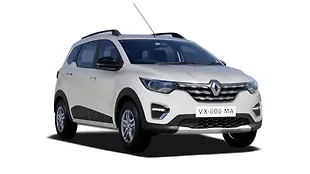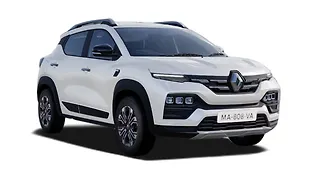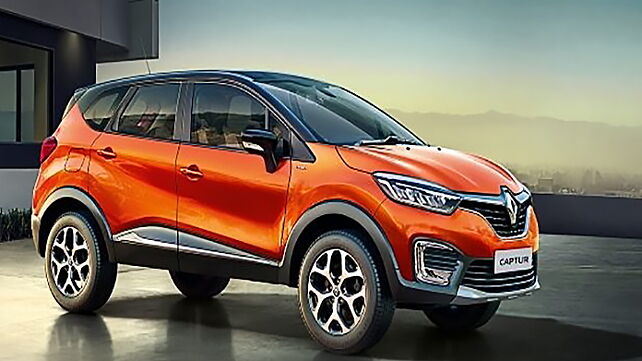
Renault is taking another stab at the D-segment SUV and this time around it is a new SUV called the Captur. It is a crossover based on the same B0 platform as the Duster but it will be positioned above the latter in terms of what is being offered. This means we can expect a higher starting price for the vehicle, thus putting it in league with the likes of the Jeep Compass. Now that the features and specifications have been revealed, here is our take on how the Renault Captur stands up to the Compass.
Exterior
When you compare the Compass and the Captur, it’s essentially two different approaches to the same concept with both focusing on the strengths of what their parent companies do. The Compass is a Jeep product which means it has to have the traditional SUV lines to fit in with its appeal. It’s square all over with flared wheel arches and a high stance adding to the looks. You also get big wheels and of course the signature seven-slated grille to complete the identity of the vehicle.
The Captur on the other hand is all French and funky. It sits lower and has sloped roofline for that crossover stance. Noticeable design elements include the swooping diamond grille, sharp headlamps, heavily flared wheel arches and wrap around tail lamps. It is smaller than the Compass, but thanks to the many design elements and bright colours, you do get a lot of in your face appeal.
Interior
When you move above a certain price bracket, some features become standard across the range and it looks like that will be the case here too. Standard stuff across both cars include climate control, touchscreen infotainment system, leather upholstery with electrically adjustable driver’s seat, instrument cluster with digital display and cruise control.
The Compass gets a white and black interior combination while the Captur introduces a new top-of-the-line Platine variant that gets gold and white interior to increase the premium appeal. Despite the vast difference in appearance, there is not much to separate the vehicles in terms of dimensions as they are very similar in length and wheelbase.
Both vehicles get a host of accessories, but the Captur also gets seven customisation packs that enhance the look and feel of the vehicle both on the inside and outside allowing owners to personalise their vehicles.
Engines
Captur
The Renault Captur is being offered with two engines. The petrol is a 1.5-litre unit producing 104bhp/142Nm unit while the diesel is also a 1.5-litre unit producing 108bhp/240Nm. The former is offered with a five-speed MT while the latter gets a six-speed unit. AT options are expected to be offered down the road and it will be a CVT for the petrol and AMT for the diesel.
Compass
The Compass gets a 1.4-litre petrol unit producing 160bhp/250Nm as well as a 2.0-litre diesel producing 171bhp/350Nm. The former can be had with a six-speed MT or a six-speed AT while the diesel at present only gets a six-speed MT. The top-spec diesel variant also gets torque on demand AWD system as a part of the package. However, its sits marginally lower than the Captur in terms of ground clearance.
Conclusion
The D-segment SUV fight is heating up and with the Renault Captur coming into play things only look set to get better. We believe that Renault will price the Captur in the range of Rs 12 lakhs to Rs 18 lakhs and this means it will start and finish earlier than the Compass but will intersect at quite a few points. If we look at trends, then the Captur will have that surge in the beginning due to initial hype and then it will settle down. However, things will pick up again when Maruti and Tata bring their rivals into this part of the market within the next two to three years.

![Renault Captur [2017-2019] Image Renault Captur [2017-2019] Image](https://imgd.aeplcdn.com/272x153/cw/ec/25832/Renault-Captur-Exterior-133356.jpg?wm=0&q=80)
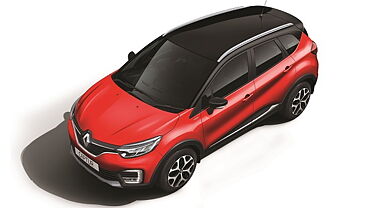








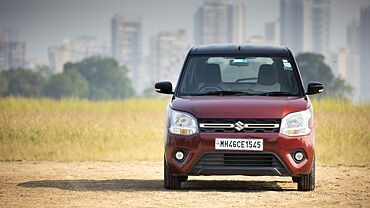



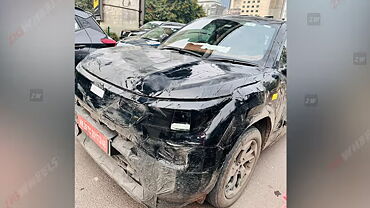
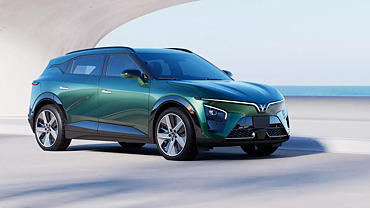
![Renault Captur [2017-2019] Exterior Renault Captur [2017-2019] Exterior](https://imgd.aeplcdn.com/199x112/cw/ec/25832/Renault-Captur-Exterior-133356.jpg?wm=0&q=80)
![Renault Captur [2017-2019] Right Front Three Quarter Renault Captur [2017-2019] Right Front Three Quarter](https://imgd.aeplcdn.com/199x112/cw/ec/25832/Renault-Captur-Right-Front-Three-Quarter-131851.jpg?wm=0&q=80)
![Renault Captur [2017-2019] Right Rear Three Quarter Renault Captur [2017-2019] Right Rear Three Quarter](https://imgd.aeplcdn.com/199x112/cw/ec/25832/Renault-Captur-Right-Rear-Three-Quarter-111358.jpg?v=201711021421&q=80)
![Renault Captur [2017-2019] Dashboard Renault Captur [2017-2019] Dashboard](https://imgd.aeplcdn.com/199x112/cw/ec/25832/Renault-Captur-Dashboard-133275.jpg?wm=0&q=80)
![Renault Captur [2017-2019] Interior Renault Captur [2017-2019] Interior](https://imgd.aeplcdn.com/468x263/cw/ec/25832/Renault-Captur-Interior-111338.jpg?v=201711021421&q=80)



























